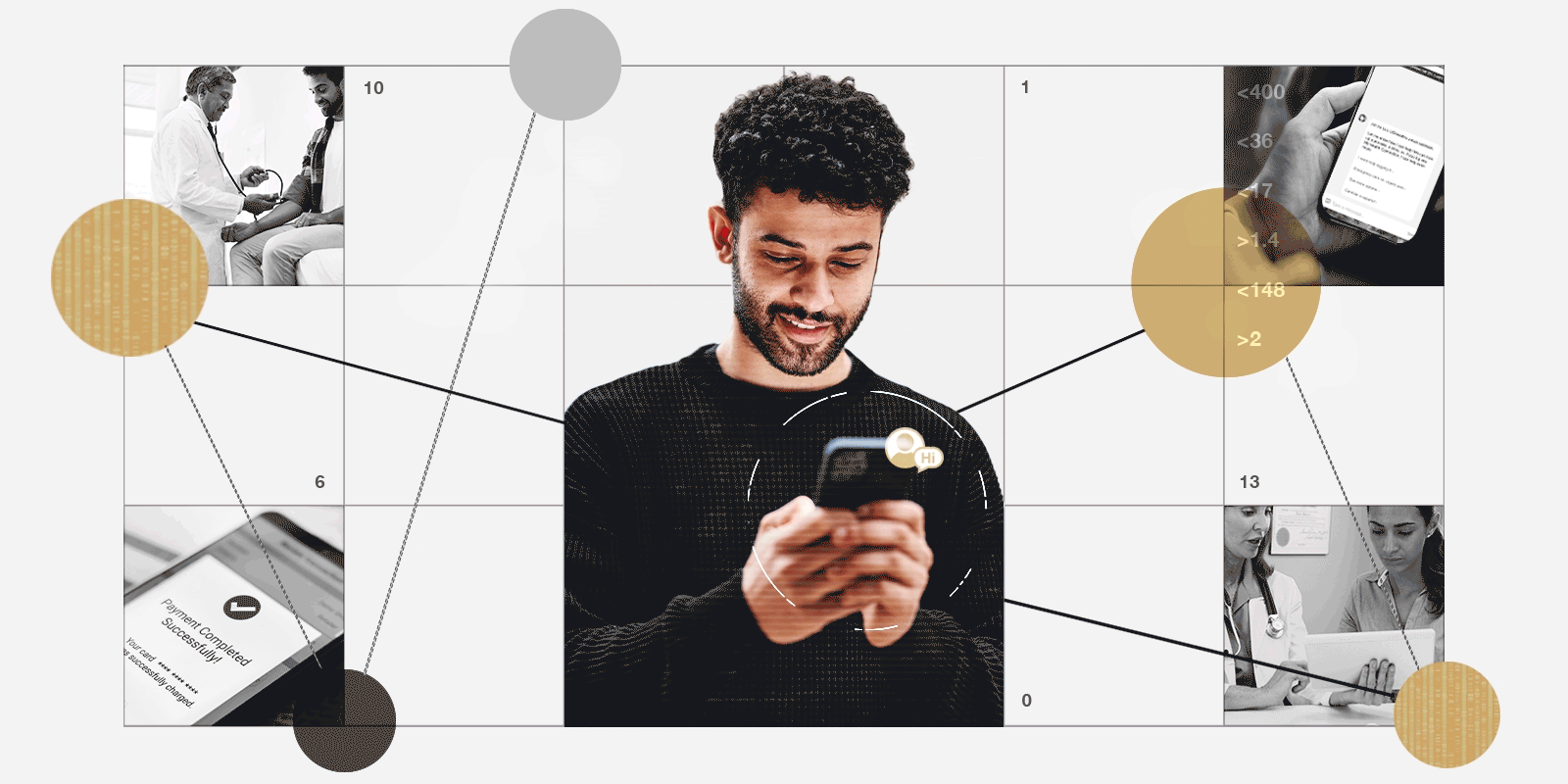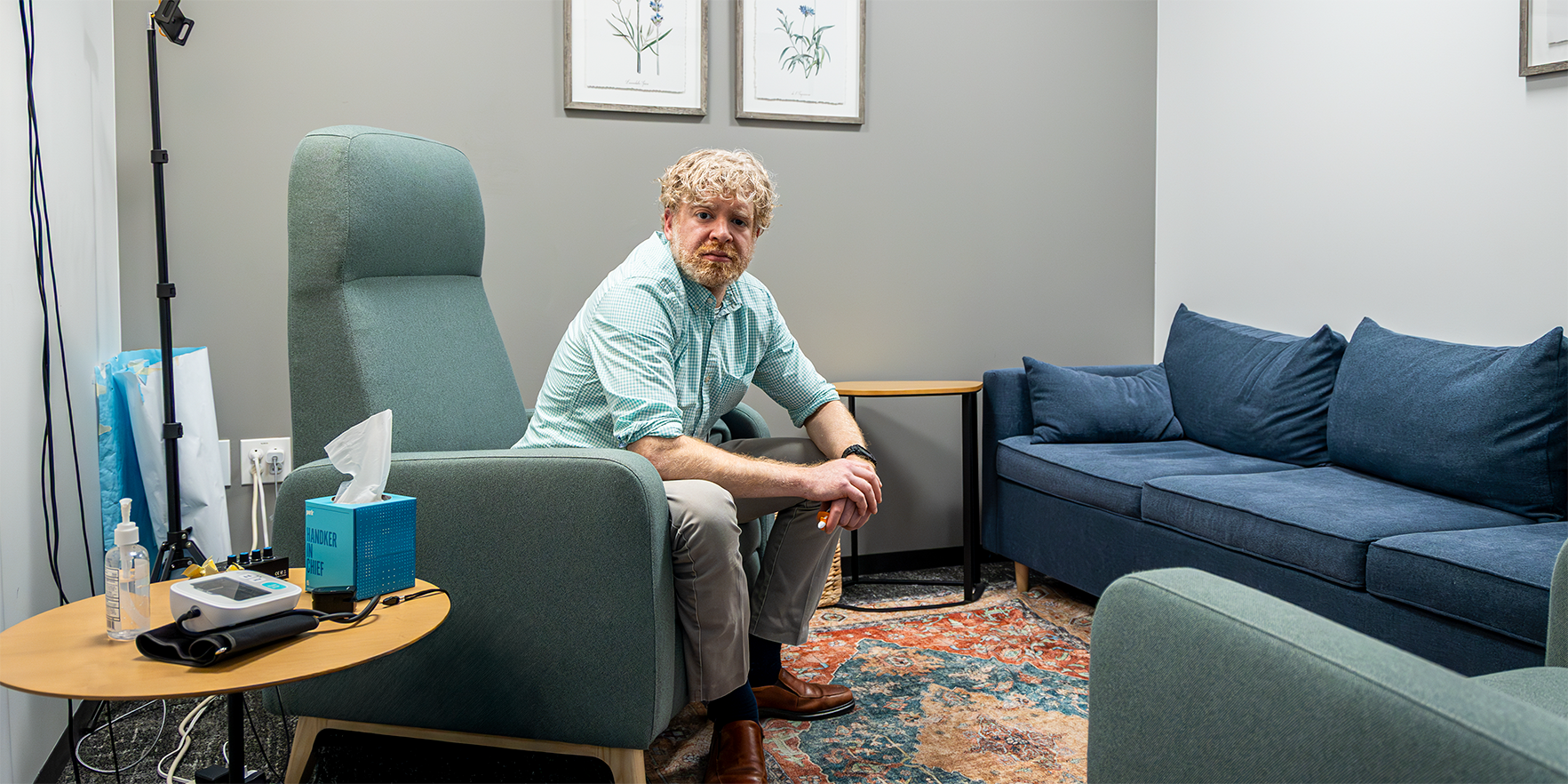Last year, most music festivals were opposed to letting attendees bring in Narcan. That’s significantly shifted this year with some of the world’s largest festivals announcing that they will not only allow attendees to bring in kits, but are also encouraging them to bring them. What does this change in attitude mean?
Fentanyl overdoses are impacting everyone. Fentanyl is contaminating many party drugs, including cocaine, MDMA/ecstasy and benzos like Xanax, resulting in an alarming spike in overdose deaths. Naloxone, also known by the brand name Narcan, is an opioid-reversal medication that can reverse an overdose and save a life. Festival organizers are becoming aware of the problem, and are starting to respond – by allowing naloxone to be brought to events by attendees, by providing substance-free seating areas, etc. Attitudes are beginning to change.
What should those who want to bring Narcan into a festival/event know before they do?
Those who bring naloxone into a festival/event should know how to recognize an overdose, how to administer naloxone, and how to locate medical services at the event (if available).
Music festivals can be chaotic and dark if they happen at night. What’s the best way to tell if someone may be overdosing on fentanyl when you’re in very packed/loud event?
Someone overdosing on fentanyl may be limp, have vomited, stopped breathing, or have a weak or no pulse. Any time someone appears to have “passed out,” naloxone can be administered and medical attention should be sought.
Where can people get training on the administration of Narcan?
Formal training is not required to use Narcan. The nasal spray is very easy to use. Ensure the person is lying down with their head tilted back. Insert the nozzle into one nostril and press the plunger firmly. Start rescue breathing. If there is no response after three minutes, administer the second dose in the other nostril.
What’s important to know before giving Narcan to someone at a festival or at any time?
It is completely safe to administer naloxone to someone, and very easy to do. Naloxone is highly effective for reversing opioid overdoses, but will not work if someone has ingested meth, cocaine, marijuana or alcohol (and not opioids). If you're unsure, give the naloxone. There is no downside to doing so, no harm can be done to a person who receives it, only benefit.
Some people may be nervous about giving Narcan to someone they don’t know. Talk to me a little about Good Samaritan laws and how those protect them.
Colorado has a Good Samaritan law relating to naloxone. The law states a person is immune from arrest and prosecution for an offense if:
- The person reports in good faith an emergency drug or alcohol overdose event to a law enforcement officer, to the 911 system or to a medical provider.
- The person remains at the scene of the event until a law enforcement officer or an emergency medical responder arrives, or the person remains at the facilities of the medical provider until a law enforcement officer arrives.
- The person identifies himself or herself to, and cooperates with, the law enforcement officer, emergency medical responder or medical provider.
- The offense arises from the same course of events from which the emergency drug or alcohol overdose event arose.
Fentanyl testing strips have also become common at some festivals with some nonprofit organizations offering testing stations. This is still a controversial issue and some states still consider the strips illegal. Why might it be important to have strips on hand?
When used properly, test strips can reliably show if fentanyl is present in drugs. Given the lethality of fentanyl, it is all the more important to end users to be able to test for it and avoid use or reduce risk if it is present.
While some festivals are allowing the kits, security doesn’t always know what they are and will give some attendees a difficult time. What’s the best way to educate security personnel if you’re bringing Narcan into a music festival (where you know it’s allowed) and you run into issues?
Attendees can obtain naloxone under a “standing order” at a local pharmacy, and bring the naloxone – with the prescription label attached – to a venue and inform security that the drug is prescribed for them and they need to have it available, much as someone who is allergic to bee stings or peanuts needs to carry an Epi-Pen in the event of unanticipated adverse reactions. If an attendee has naloxone without a “standing order,” they can inform security that the medication is an antidote, to save someone's life in the event of a problem and that laws allow persons to carry it with them and bring it wherever they go.
The Centers for Disease Control and Prevention recently issued a warning about the widespread threat of fentanyl mixed with xylazine, a veterinary tranquilizer also commonly known as “tranq” or “tranq dope.” We’re told that not even Narcan can help with this combination. Can you talk a little about that?
Xylazine is now being found in drug supplies across the U.S. It is not an opioid, but does share some similar effects, including respiratory depression, and in combination these drugs can cause overdose death. Naloxone does not work on xylazine, only opioids, but if there is a multi-drug overdose that includes opioids and xylazine, naloxone may be partially effective. It is never wrong to administer naloxone, get medical attention for the overdose victim, and err on the side of caution.
Where are some places people can get Narcan for free if they want to help protect their fellow festival goers?
Harm-reduction agencies provide naloxone at no charge. Naloxone can also be obtained from pharmacies without a prescription, by what is called a “standing order.” As we saw this week, the FDA approved naloxone to be available without a prescription (i.e., over the counter), which could make it even easier to obtain at a variety of locations.
Is there anything else you want to add?
A new statewide fentanyl awareness campaign called Keep the Party Safe provides additional information and resources.





